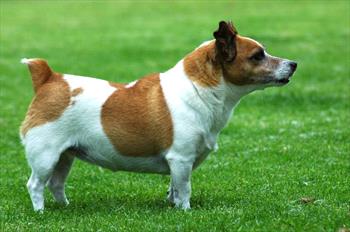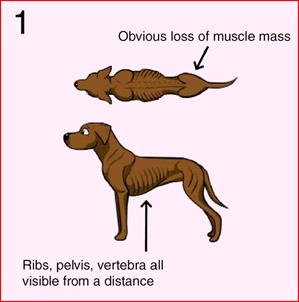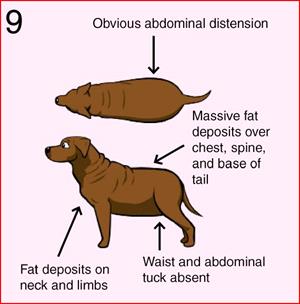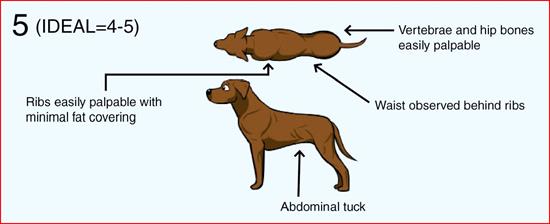
Every time I give a lecture on behavior modification, someone asks me, “But what if my dog’s not motivated for food?” This always makes me wonder if we live on the same planet. For one, if a dog were truly not motivated for food, he would dead. What the attendee really should be asking is “Why won’t my dog eat when I want to train him? Could it have anything to do with the fact that I leave his food out all day or give him table scraps and treats for free out of guilt whenever he looks at me?”
Secondly, no matter how puzzled these owners appear, a majority of the time I find that their dog is quite hefty, even obese! In other words, the reason the dog won’t eat when they want to use food for training is that he gets way too much to eat already and he’s often just full or content.
It’s not surprising that so many people who think their dog lacks food motivation have pets carrying the pounds that say otherwise. Approximately 1/3 of dogs and cats in the United States are markedly overweight. What is surprising is that the same people who dream of having a supermodel-thin body themselves are happy with the look of their portly pet. They know where every little bleb of fat exists on their own bodies—at least the women do—but have no clue that the soft curves that their dog sports are actually layers of lard.
The solution is to learn to body condition score your pet
Of course there’s an easy solution to this blubber-blindness. Owners can simply learn to body condition score (BCS) their pets using one of the established systems such as the BCS system developed in 1997 by Nestle Purina. In this 9 point scoring system, dogs who are a body condition score of 1 are way too thin—generally truly starving due to illness or poverty. They look like walking skeletons because their poor nutrition has lead to muscle wasting in addition to loss of fat.
On the opposite end of the spectrum is the body condition score of 9. This is the dog that looks like a giant, overstuffed sausage. He has huge fat deposits over the chest, spine and base of the tail such that his back resembles a table top rather than a living animal. He also has obvious abdominal distension due to fat in the abdomen.
The ideal dog is 4 or 5—where 4.5 is considered athletic trim. Dogs with a body condition score of 5 have ribs and vertebrae that you can easily feel. You can see a waist right behind the ribs when viewing from the top, and from the side you can see the abdomen tucks up.
It’s pretty straightforward if you go based on the chart included below. But if in doubt, your veterinarian should be able to help you. And if you find that your dog’s a tad or a ton overweight, you’ll also have the answer regarding whether he is or is not motivated for food.
Stay tuned to find out why it’s handy to keep your dog at an ideal body weight.
Download the Body Condition System Poster here for free or a donation.
Reference
Laflamme DP. Development and Validation of a Body Condition Score System for Dogs. Canine Practice July/August 1997, 22:10–15.





